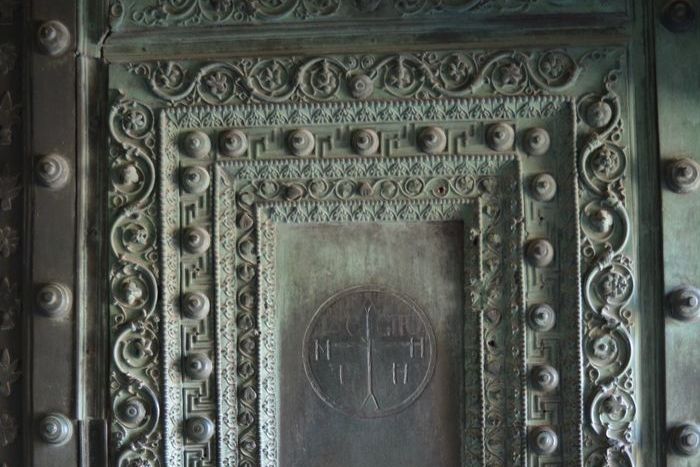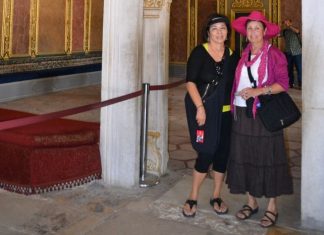In the preface to his Synopsis Historion, John Skylitzes reveals that he held the elevated rank of kouropalates, and was formerly the megas droungarios tes viglas, a senior judicial position. He lived and wrote towards the end of the eleventh century, probably in the early years of the reign of Alexios I Komnenos (1081-1118).
His work, which covers the period AD 811-1057, was conceived as a continuation to the chronicle of Theophanes Confessor, which was in turn a continuation of the chronicle of George the Monk. Skylitzes praised both George and Theophanes, but condemned the subsequent histories by Psellos and ‘the didaskalos Sikeliotes’ as overly brief and inaccurate. (He is clearly referring to Psellos’ Epitome, not his Chronographia; Sikeliotes’ work has not survived.) The Synopsis Historion remains the best, indeed only substantial, complement and corrective to Psellos.
A continuation to Skylitzes’ chronicle has survived, covering the years 1057 to 1079. Aptly called Skylitzes Continuatus, it is likely also to be the work of John Skylitzes. Minor differences in style might best be explained by the writer’s increased maturity and the different purpose in writing: it is a reworking of the history of Michael Attaleiates, with a clear aristocratic bias. It has recently been suggested, by Catherine Holmes, that we can also detect a similar aristocratic bias in the Synopsis Historion. For example, several noble families are shown to have played a prominent role in Basil II’s campaigns of the tenth and early eleventh centuries, whose successors might be encouraged to fight as bravely for Alexios I.
The best place to start for an analysis of the text and purpose of the Synposis Historion, and the working methods of John Skylitzes, is Catherine Holmes, Basil II and the Governance of Empire (976-1025), Oxford Studies in Byzantium (Oxford, 2005). In her second chapter, Holmes present a useful overview of scholarship on Skylitzes’ career and working methods, and offers two substantive, original conclusions.
Jahrbuch der Oesterreichischen Byzantinistik
First, while approbation for the arguments of W. Seibt (‘Ioannes Skylitzes: Zur Person des Chronisten’, Jahrbuch der Oesterreichischen Byzantinistik 25 (1976): 81-6) is offered, Holmes insists that Skylitzes’ wrote the longer, first part of his work (811-1057) in the reign of Alexios I Komnenos (1081-1118); and second, that the work is organized thematically, rather than chronologically.
Thus gentle chastisement if offered to those of us who have attempted to use it to date events in Balkan history. In assessing Skylitzes’ working methods, Holmes cites approvingly the writings of Jonathan Shepard (‘A suspected source of Scylitzes’ Synopsis Historiarum: the great Catacalon Cecaumenus’, Byzantine and Modern Greek Studies 16 (1992): 171-81) on the hodge-podge style of Skylitzes’ borrowings, and J. N. Ljubarksij, employing his observation that historical narratives are structured around a series of mega-episodes.
For the reign of Basil II, four of these are identified as the first Skleros revolt, Basil’s early dealings with Bulgaria, the revolt of Phokas and return of Skleros, and the campaigns in Bulgaria. Within these smaller narratives of single episodes exist, and between these smaller units one finds filler in the form of telescoped summary passages, often the most misleading elements of the text.
Read More about Combinations of colour and perfume








